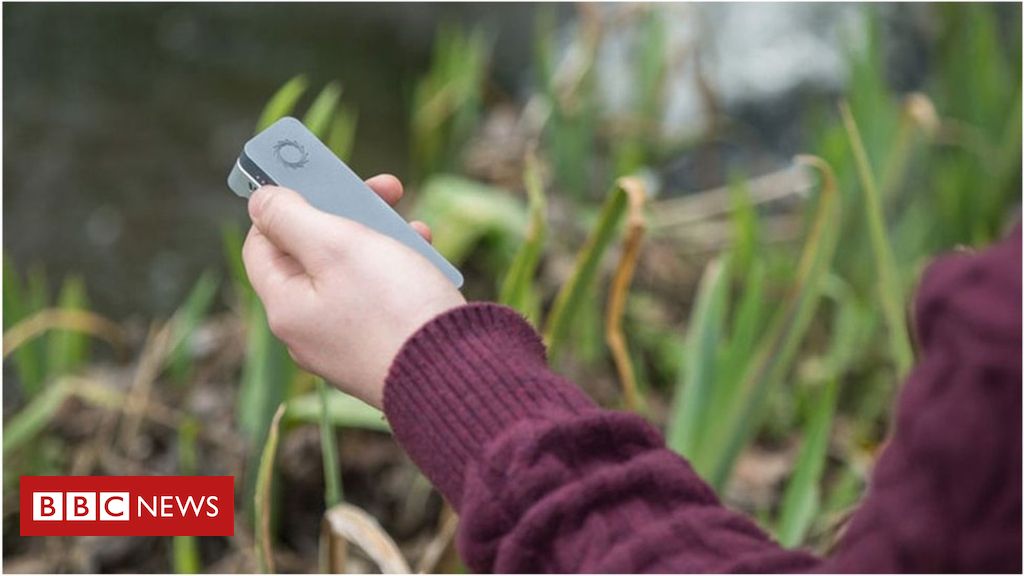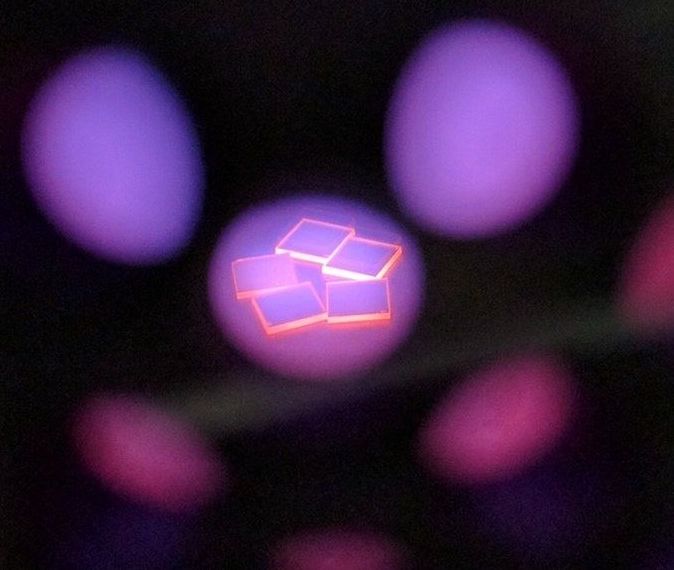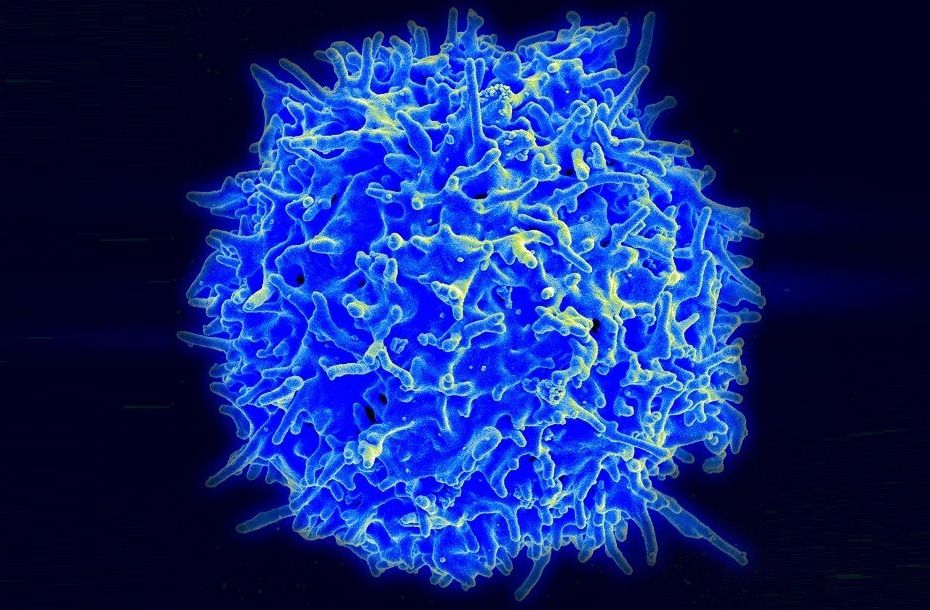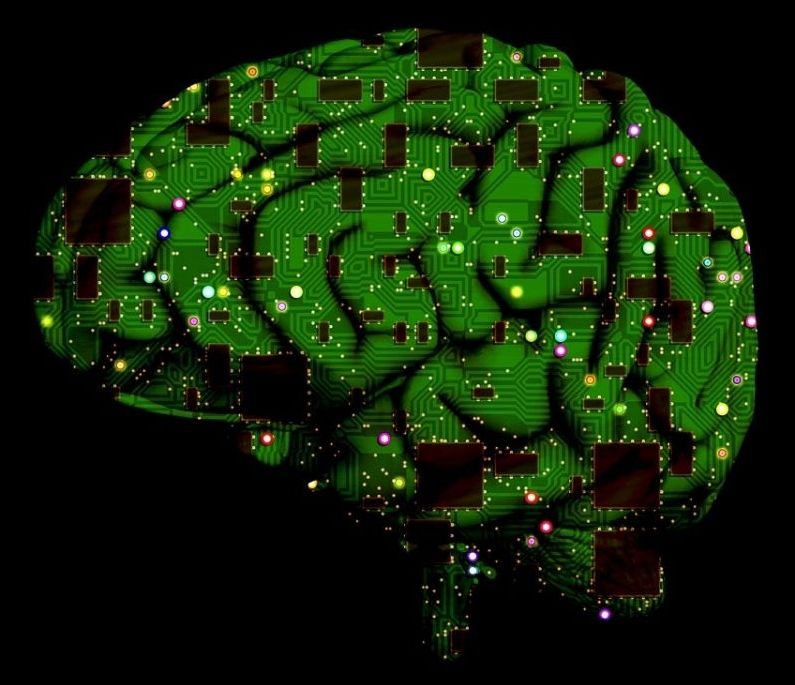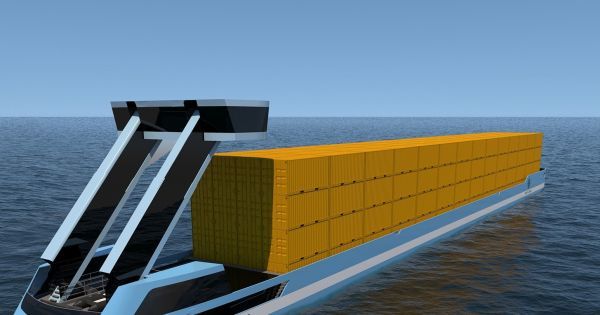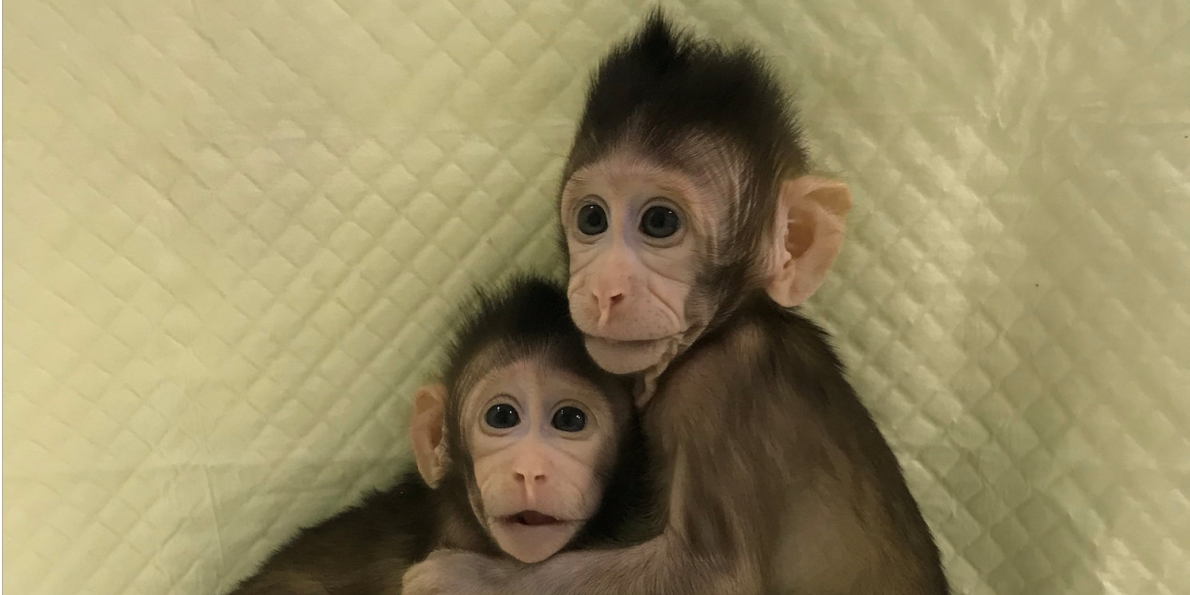Page 9685
Jan 29, 2018
Diamonds show promise for spintronic devices
Posted by Shane Hinshaw in categories: particle physics, quantum physics
Conventional electronics rely on controlling electric charge. Recently, researchers have been exploring the potential for a new technology, called spintronics, that relies on detecting and controlling a particle’s spin. This technology could lead to new types of more efficient and powerful devices.
In a paper published in Applied Physics Letters, researchers measured how strongly a charge carrier’s spin interacts with a magnetic field in diamond. This crucial property shows diamond as a promising material for spintronic devices.
Diamond is attractive because it would be easier to process and fabricate into spintronic devices than typical semiconductor materials, said Golrokh Akhgar, a physicist at La Trobe University in Australia. Conventional quantum devices are based on multiple thin layers of semiconductors, which require an elaborate fabrication process in an ultrahigh vacuum.
Jan 29, 2018
African countries have taken the first major step towards cheaper continental flights — By Yomi Kazeem | Quartz
Posted by Odette Bohr Dienel in categories: drones, governance, innovation, transportation
“Yesterday (Jan. 28), 23 African countries launched the Single African Air Transport Market (SAATM) initiative by the African Union (AU). ”
Jan 29, 2018
Revolutionary gene edited T cell therapy to treat lymphoma shows promise and little toxicity
Posted by Brady Hartman in categories: biotech/medical, life extension
This revolutionary gene modified T cell therapy is bearing fruit in treating a type of lymphoma, a resistant form of cancer.
Summary: After years of effort, this revolutionary gene-modified T cell therapy is bearing fruit in treating a type of lymphoma, a resistant form of cancer. [This article first appeared on the website LongevityFacts.com. Author: Brady Hartman. ]
Thirty-seven-year-old Nick Asoian of Denver unsuccessfully fought Hodgkin’s Lymphoma using conventional cancer treatments for two years. In 2008, while in New Zealand for a ski race, Nick was diagnosed with Hodgkin’s Lymphoma. Two bone marrow transplants and two years of chemotherapy combined with radiation therapy didn’t bring his cancer to heel.
Jan 29, 2018
Learning From First Principles — Demis Hassabis
Posted by Müslüm Yildiz in category: robotics/AI
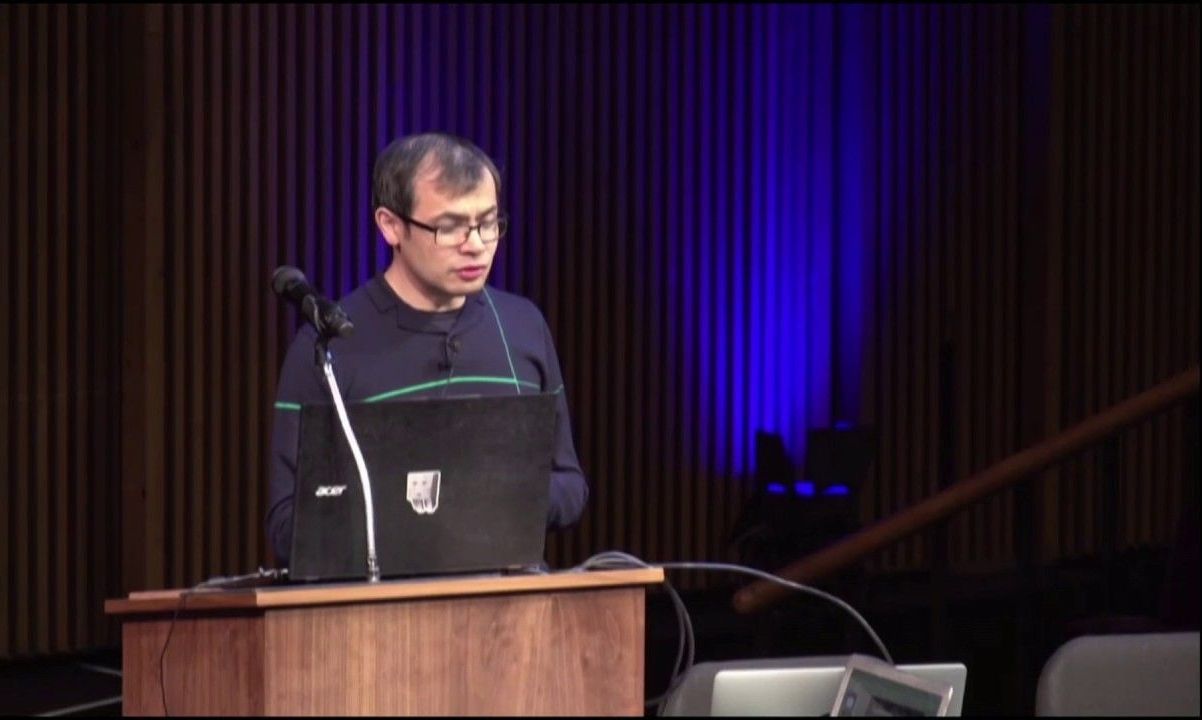
Between 04–09 December 2017, thousands of researchers and experts gathered for at the largest and most influential AI and Thirty-first Annual Conference on Neural Information Processing Systems (NIPS) in Long Beach, California. This is the conference’s 40th year, and its most-attended, at 7,229 registrations.
Demis Hassabis, the founder and CEO of DeepMind and an expert chess player himself, presented further details of the system, called Alpha Zero, at an Artificial Intelligence Conference in California. The program often made moves that would seem unthinkable to a human chess player.
Continue reading “Learning From First Principles — Demis Hassabis” »
Jan 29, 2018
Artificial brains could soon be reality: Superconducting switch, which can ‘learn’ like human brain, developed
Posted by Shane Hinshaw in categories: computing, neuroscience
Researchers have developed a superconducting switch that can make future computers think like the human brain.
Jan 29, 2018
All living organisms on Earth owe a debt to these protein-based ‘Legos of life’
Posted by Klaus Baldauf in category: energy
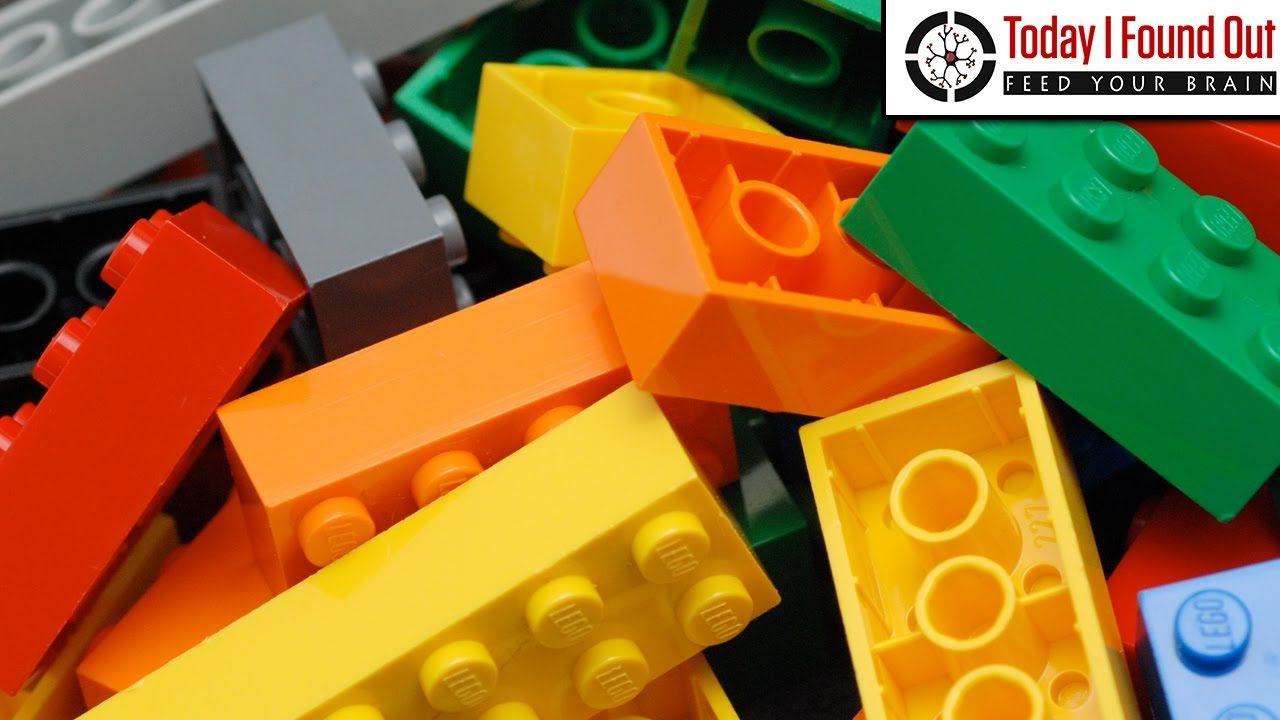
As an added bonus, these tiny building blocks could even be used to split water, creating a clean-burning and near infinite source of energy.
Jan 29, 2018
Fully Electric “Tesla of the Canals” Set to Make Maiden Voyage This Summer
Posted by Shailesh Prasad in categories: robotics/AI, transportation
The battery-powered autonomous ships will move goods across Belgium and the Netherlands, helping pull up to 23,000 polluting trucks off the road.
Jan 29, 2018
NASA tests light, foldable plane wings for supersonic flights
Posted by Shailesh Prasad in categories: energy, transportation
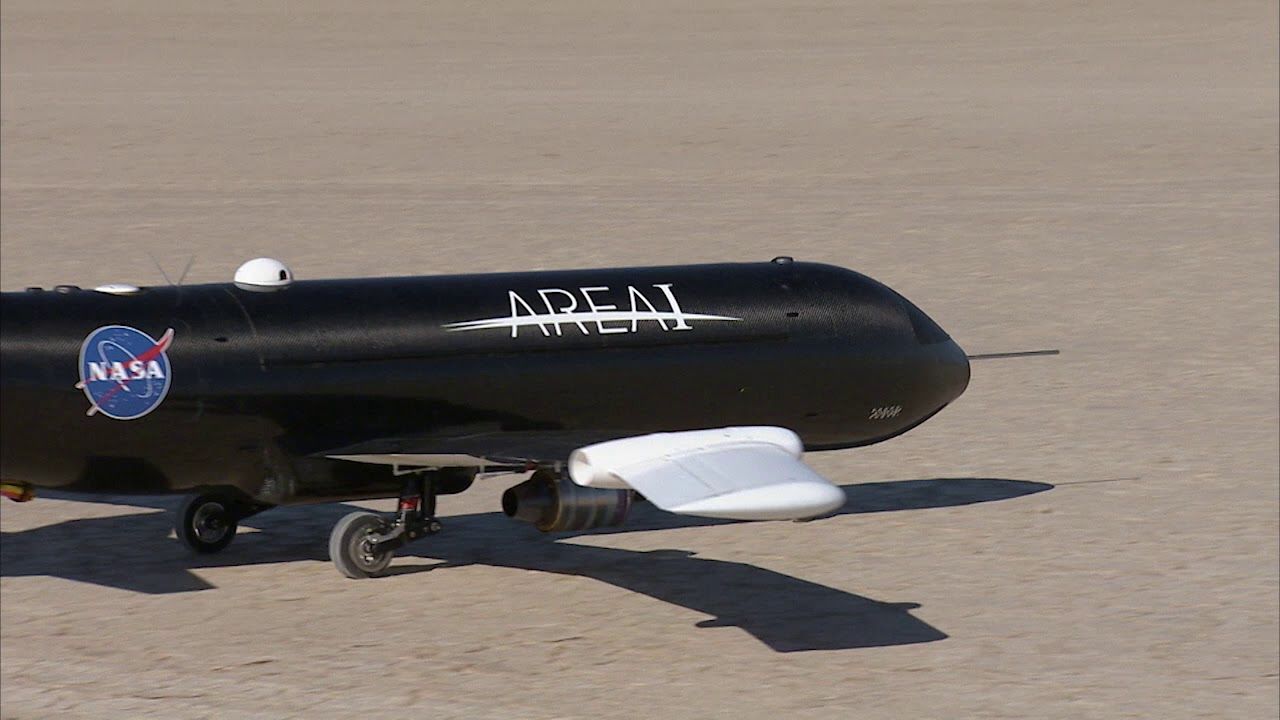
Planes that can fold their wings to different angles while in the air have the potential to fly faster than their peers, and NASA has recently made headway into their development. The space agency has conducted a series of test flights proving that it can control the wings it designed to move into any position and that they have aerodynamic benefits. While the technology has existed for a long time, it typically requires the use of heavy hydraulic systems. NASA’s version doesn’t need that kind of machinery: it relies on the properties of a temperature-activated material called shape memory alloy instead. Upon being heated, the alloy activates a twisting motion in the tubes serving as the wings’ actuator, moving the wings’ outer portion up to 70 degrees upwards or downwards.
The foldable wings will give typical planes like commercial airliners a way to adapt to different flight conditions. They can give pilots more control over their aircraft and could even lead to more fuel efficient flights. Planes designed to fly at supersonic speeds (faster than the speed of sound), however, will get more out of this technology.
Jan 29, 2018
Chinese scientists just cloned two monkeys, moving one step closer to cloning humans
Posted by Shailesh Prasad in category: biotech/medical
By Ben Hirschler
LONDON (Reuters) — Chinese scientists have cloned monkeys using the same technique that produced Dolly the sheep two decades ago, breaking a technical barrier that could open the door to copying humans.
Zhong Zhong and Hua Hua, two identical long-tailed macaques, were born eight and six weeks ago, making them the first primates — the order of mammals that includes monkeys, apes and humans — to be cloned from a non-embryonic cell.
